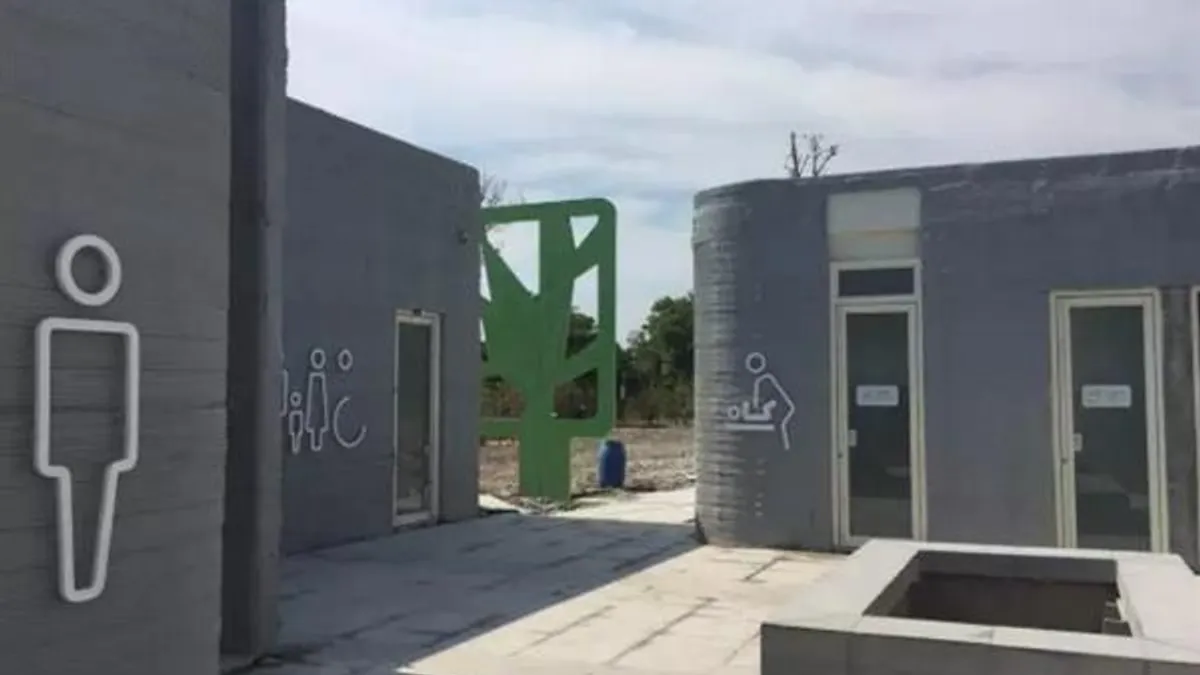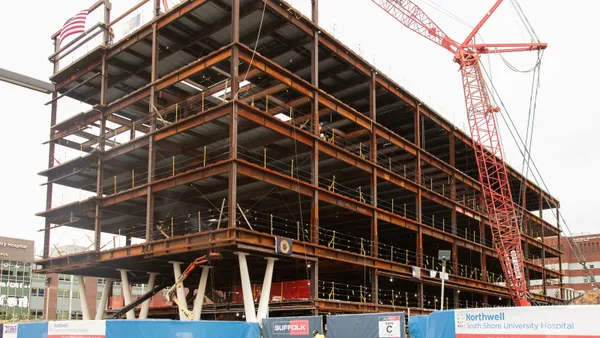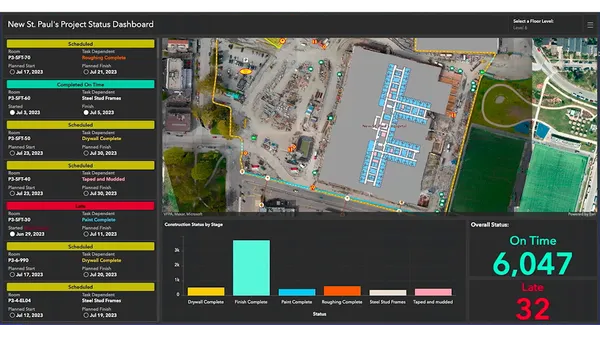Dive Brief:
- WinSun China, which is known for its 3-D printing expertise, has unveiled its latest project — 3-D-printed public restrooms, according to 3ders.org.
- WinSun 3-D printed all the parts for the facilities, including drainage and infrastructure, in its factory and then assembled them onsite at tourist destination Da Yang Mountain in Suzhou, China. WinSun said it designed the restrooms to blend in with the natural aesthetic of the mountain area.
- The inspiration for the restrooms came from China's National Tourism Bureau, which is behind the country's "toilet revolution," an initiative to upgrade public restrooms for tourists.
Dive Insight:
WinSun is not the first company to create a 3-D-printed toilet. The 2015 China International Tourism featured an exhibit of innovative toilet designs last year from several Chinese companies like Shanghai Huajie Eco-environment Engineering.
WinSun also made news earlier this month when it was revealed that the company was in talks with Saudi Arabia to help build 1.5 million homes there. Saudi Arabia has a shortage of middle-class homes and is investigating alternative methods to fill that need. If the project comes to fruition, it will be the largest 3-D printing initiative ever. Saudi Arabia could be taking a cue from its neighbor Dubai, which unveiled its plan to 3-D print 25% of all buildings by 2030. Dubai Future Agenda officials predicted that the 3-D printing industry will contribute $300 billion to the global economy by 2025.
The 3-D printing concept is continuing its path from novelty gifts and one-off concept buildings to more practical structures. Dubai completed the world's first 3-D-printed office building earlier this year, complete with 3-D-printed furniture. The 2,000-square-foot space will be the temporary home to Dubai's Museum of the Future staff. In addition, waiting for its 2017 debut at the CONEXPO-CON/AGG and IFPE event in Las Vegas, is a 3-D-printed excavator. The hydraulic-powered piece of equipment is the first large scale, steel 3-D-printed prototype. Teams from Georgia Tech, the University of Minnesota, Association of Equipment Manufacturers and others will design various elements of the excavator, and Oak Ridge National Laboratories will print the final version in time for the Las Vegas event.













